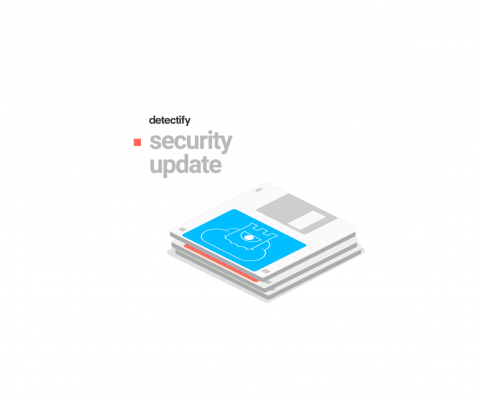Detectify security updates for February 8
Our Crowdsource ethical hacker community has been busy sending us security updates, including 0-day research. For Asset Monitoring, we now push out tests more frequently at record speed within 25 minutes from hacker to scanner. Due to confidentially agreements, we cannot publicize all security update releases here but they are immediately added to our scanner and available to all users. The following are some of the security vulnerabilities reported by Detectify Crowdsource ethical hackers.










